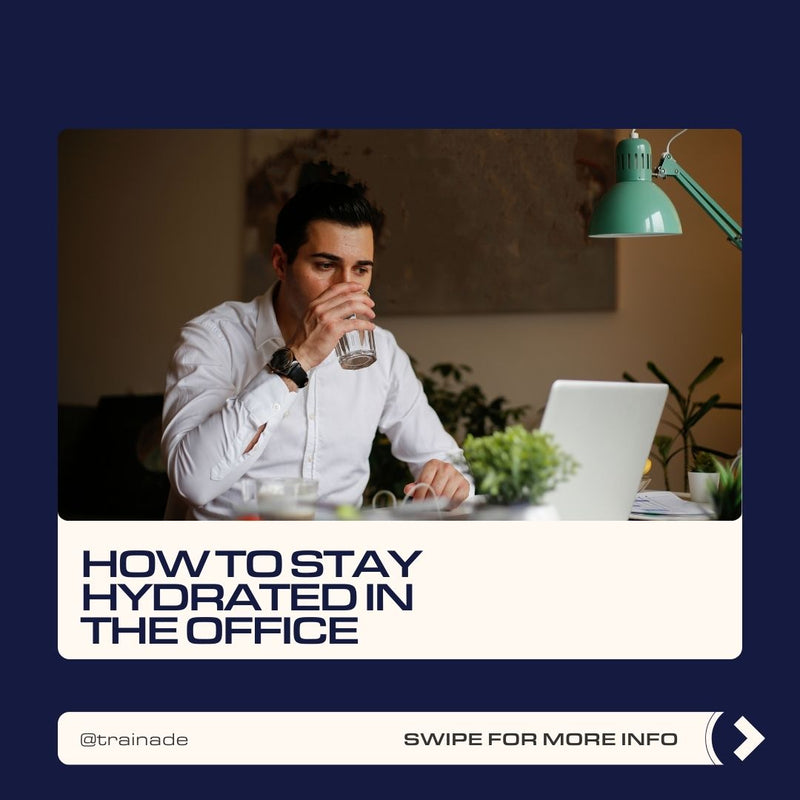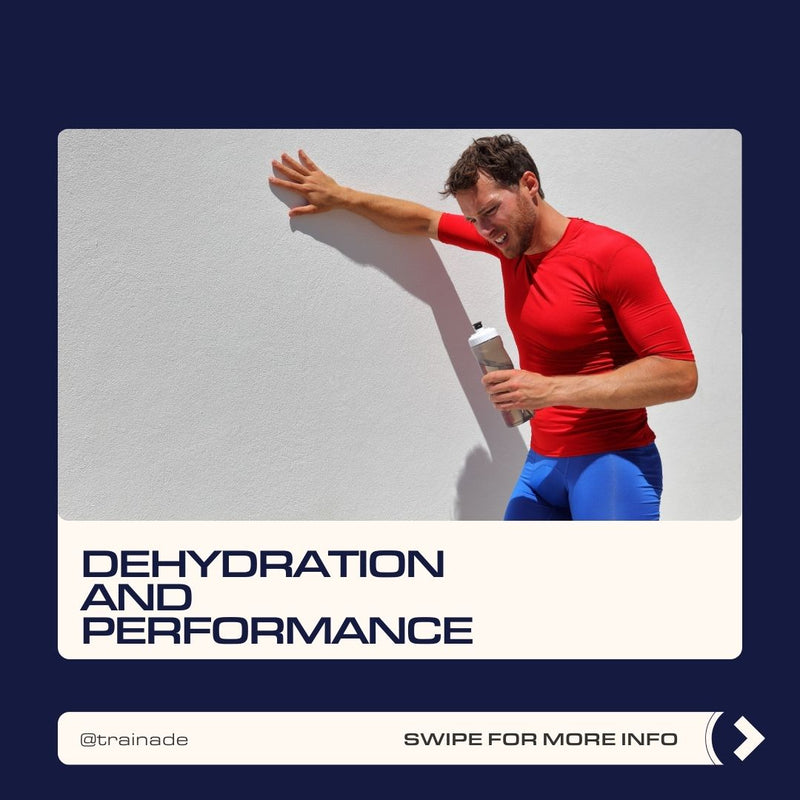What is heat stroke?
Heat stroke is when the body can no longer control its temperature. This leads to rapid rising of internal body temperature and failure of the body to be able to reduce the rise in temperature through sweating.
How is this different from heat exhaustion?
This is different to heat exhaustion, which is a more minor version of heat stroke that is caused from excessive loss of water and salt.
What are signs and symptoms?
There are 11 signs and symptoms of heat stroke. These are:
- A body temperature above 40 degrees Celsius
- Confusion and fainting
- Hyperventilation
- Dry skin
- Vomiting
- Muscle cramps
- Headaches
- Absence of sweating
- Fast heartbeats
- Changes in blood pressure (both high and low)
- Red or burnt skin
Heat exhaustion will also present with similar symptoms, but will not lead to vomiting, dry skin, or fainting.
What to do if someone has heat stroke or heat exhaustion?
Firstly, heat stroke should be taken very seriously as severe cases can cause permanent damage to the body and even death. Because of this, if someone you know is showing signs of heat stroke, you should call an ambulance immediately. During this time, the person should be moved to a shaded or cool spot and out clothing should be removed. Wetting the skin with either cold damp towels or a cold bath may also help until the ambulance arrives.
If someone has exhaustion, it’s important to also take them to a medical centre or call an ambulance if there are non-available. Symptoms of heat exhaustion can be reduced by removing the person from the heat as well as giving them frequent sips of water and electrolytes to replace what has been lost.
How can you prevent heat stroke?
Heat stroke can be prevented by ensuring that you take precautionary measurements during hot days. Wearing sunscreen, loose-fitting and lightweight clothing and drinking plenty of fluids and electrolytes can all help in ensuring that your body can manage the hot day.
Making sure that you take time to slowly acclimatise to the heat when summer starts is also a good way to prevent any chance of heat stroke.
To prevent heat exhaustion, it’s important to make sure that you are drinking enough fluid and electrolytes throughout the day to replace the amount you are sweating out.




